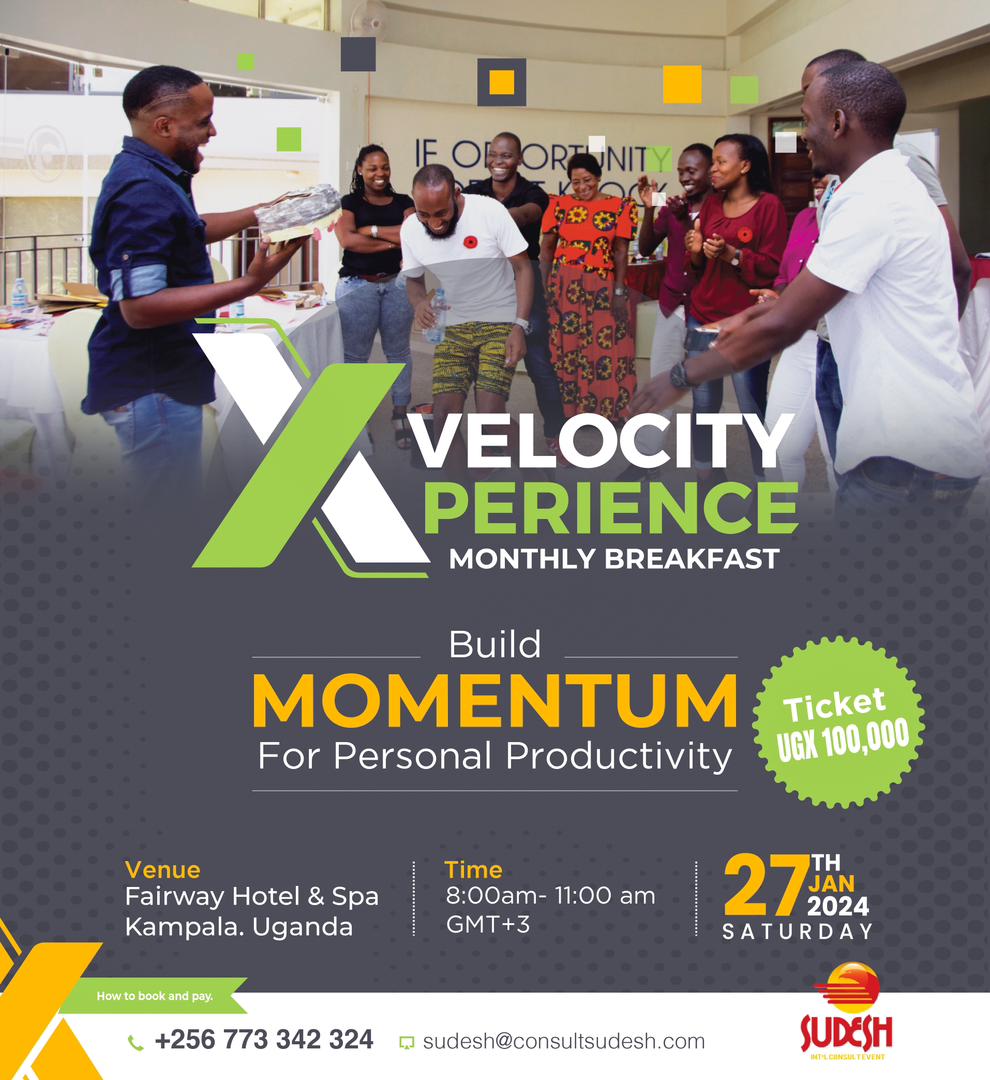I have never worked with a Company or an individuals who doesn’t think they are special. They want you to understand them and personalize a solution for them which i totally get, do and love to do. But my dear clients don’t know that though the solutions are different, the thinking pattern behind every client is the same.
Helping others takes imagination.
Before my team and I embark on a project we have plan. As the team lead I have more than a plan. I practice empathy. My years of experience have taught me that those who practise empathy gain insight into the predicaments of others, but being a spectator, even if insightful, is not enough. To make a lasting difference, empathizers must use their insight to think imaginatively about possible solutions.
They must be innovators, and innovators work best from first principles. They gain knowledge through their own experience, and then they use their own reason to sort that knowledge into a logical order.
They notice how something is built and then ponder its structure to understand it better.
Imagine someone seeing a piano for the first time. A curious novice would hit the keys with varying pressure, listen to the whole range of notes by running low to high or high to low, then see what effect the pedals have, whereas an innovator would notice that while the keyboard has eighty-eight keys, they fall into patterns (octaves) and colours (white for root notes, black for sharps and flats); thus there are really only twelve notes, repeating at various octaves.
So an innovator would immediately think, why don’t we just make a keyboard with a single set of twelve notes and find a way to vary the octaves as we need them?
A century ago, that seemed impossible, but it became doable once sound could be digitized.
Many homes now have small keyboards that can still play the full range of frequencies of a grand piano. Tricky for four-handed duets, but brilliant nonetheless.
Once you find the structure that underpins anything, you can do four useful, powerful things. You can analyze why something is structured that way. (Must a piano really have all its sharps and flats on a different plane?)
You can optimize the structure by changing one thing to improve the whole. (Let’s make keys that trigger a particular note in any of many octaves.)
You can augment by adding a feature that will make the thing more useful. (How about self-tuning strings?)
Lastly, you can teach others how to use it, by progressing from the basic to the complex, adding further explanation when you see a student getting confused.
All innovators tend to organize their thoughts in this way. And you just found out how I organize my thoughts for every project. I structure, optimize, augment and teach others.








